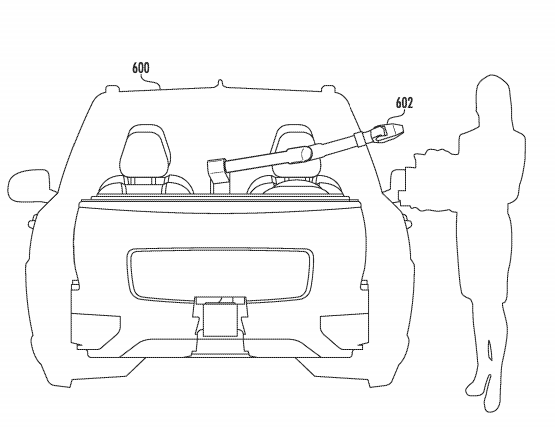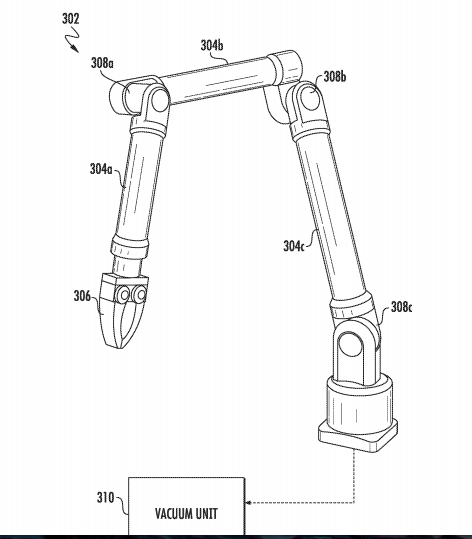Uber’s new patent
Autonomous or self-driving cars are just around the corner for many and a reality for few. With days, innovation and inventions are improving the self-governing abilities of these robo-cars. Waymo, BMW, Nissan, Ford, Tesla are some of the key players in this area of research and development.
Uber: the word synonym to ‘taxi’ these days, is a San-Francisco based ride-hailing company that has bigger plans with self-driving cars. In collaboration with Volvo, the Swedish automaker, Uber is planning to test self-driving taxi with no human behind the wheel in 2020. A significant move, after their previous generation autonomous car killed a pedestrian in Arizona, last year.
For running a fleet of robotic cars, it is inevitable to make sure it is self-sufficient. Uber’s new patent titled Automated Cleaning Systems for Autonomous Vehicles is throwing lights on how these self-sufficient taxis are going to clean the mess of riders.


How it works?
From the patent filing, it is evident that these robotic arms fitted with vacuum unit is capable to sense the vehicle interior for the need to clean.
- The sensors monitor and collect data associated with vehicle interior
- Identifying inner surfaces in need of cleaning
- Provide control signals to operate the robotic manipulator
In simple words, there is a robotic arm attached with a vacuum unit inside the vehicle that will do the cleaning without any human interaction.
Implications
It is too early to comment on the effectiveness of this novelty and also its impact on the automobile cleaning industry. In the present scenario, though the car wash is automated, the interiors still need a human hand. With the promising future of autonomous cars, the foresight of Uber is commendable.
Source:
United States Patent and Trademark Office
Article by M R Raghul

An engineer and a creative science communicator. Found his passion for science outreaches while traveling and interacting with kids.
Tech guy and the Co-founder of Sciteum!
